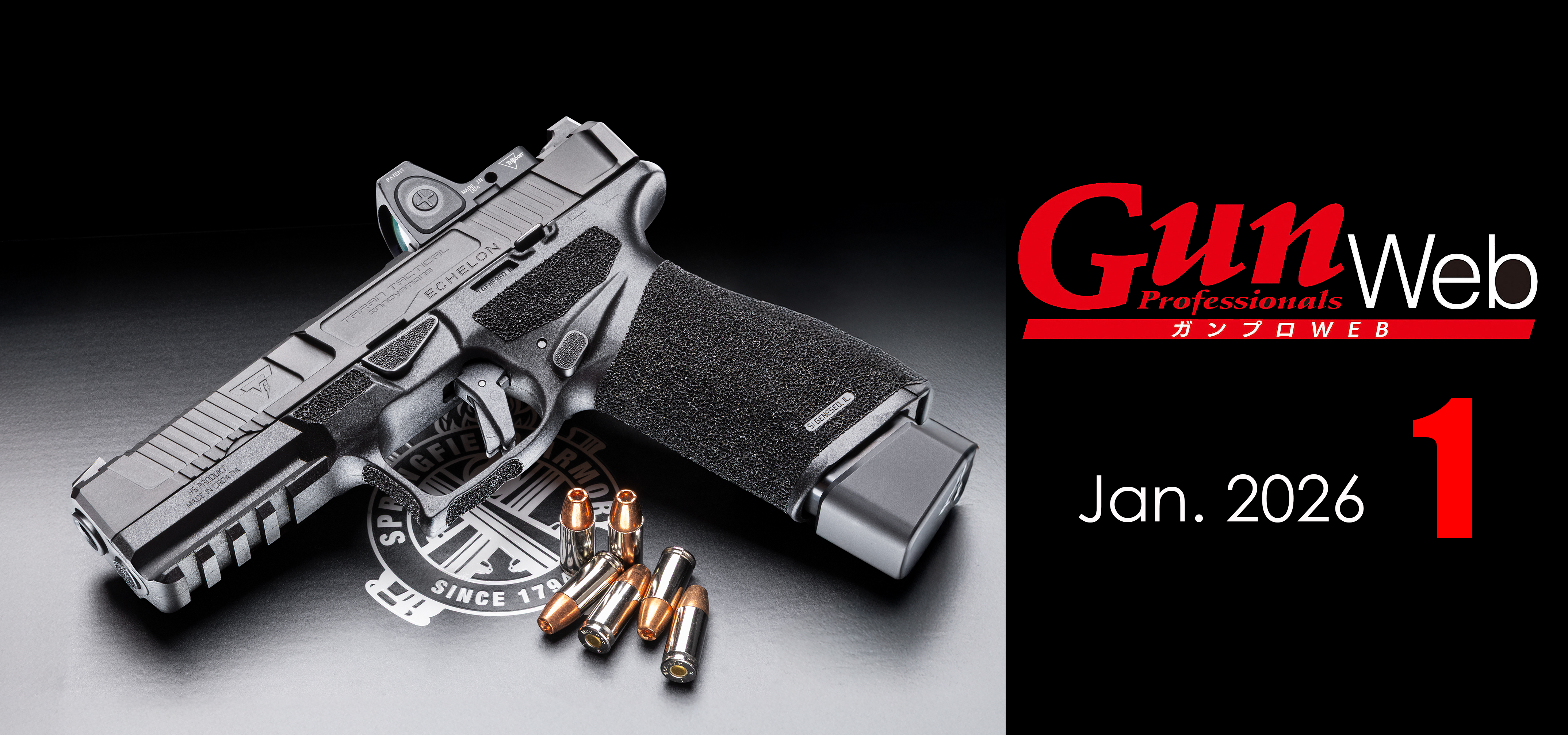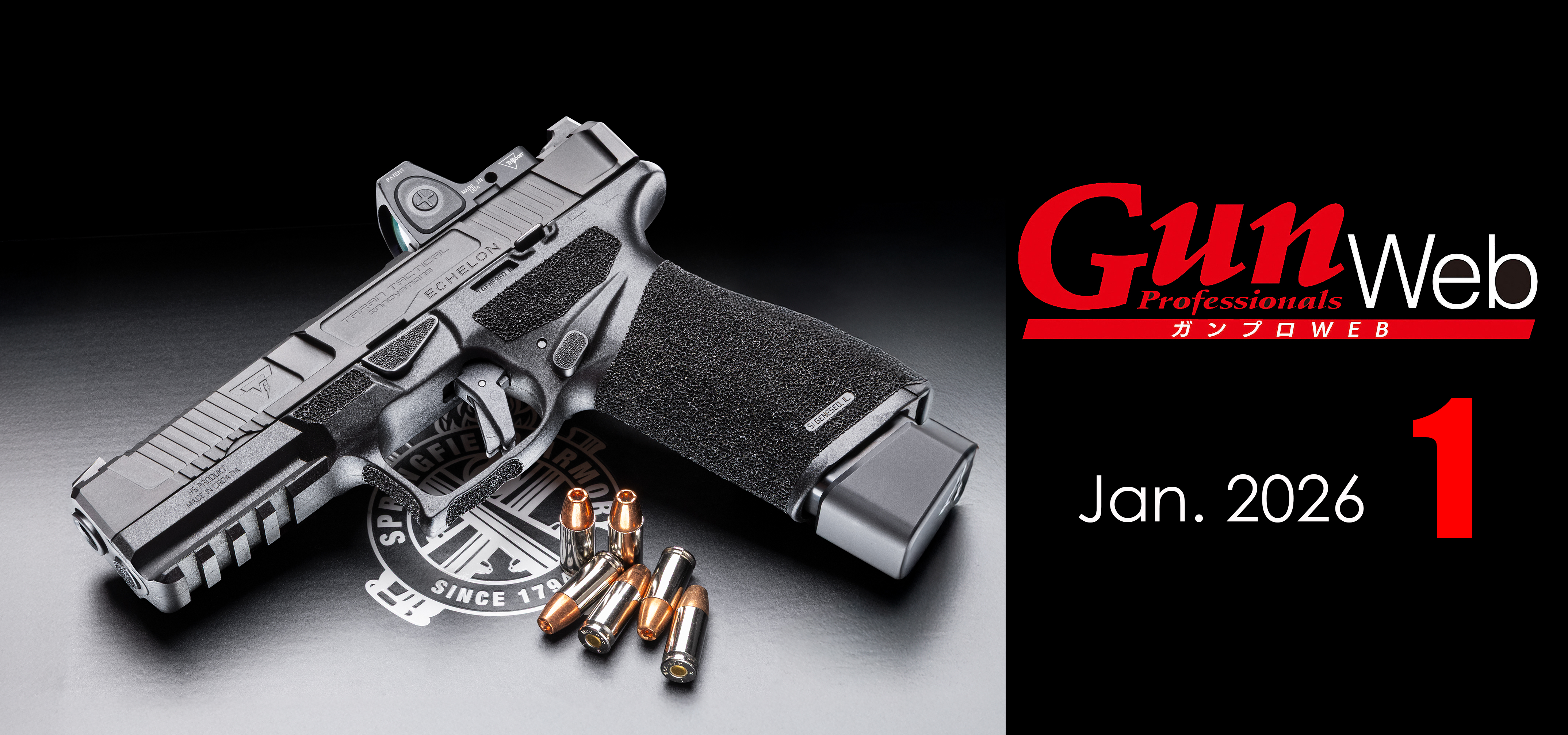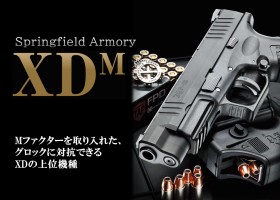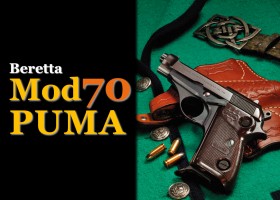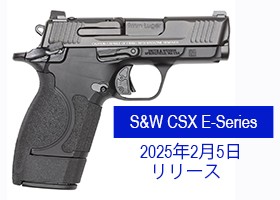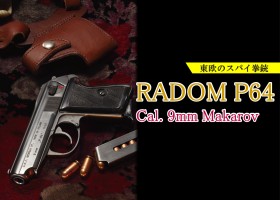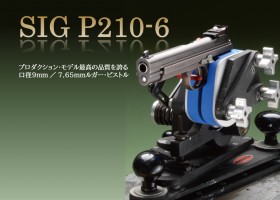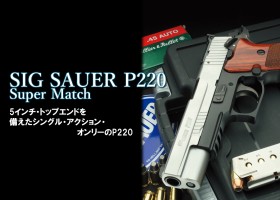2025/02/23
The Nambu Automatic Pistol: A Look at Japan's First Homegrown Semi-Auto(南部式自動拳銃大型 甲/乙 英訳版)
The Nambu Automatic Pistol
A Look at Japan's First Homegrown Semi-Auto
Report by Masami Tokoi
Photos by Terushi Jimbo
Published in Gun Professionals, November 2012
(with minor revisions by the GP Web Editor in January 2025)
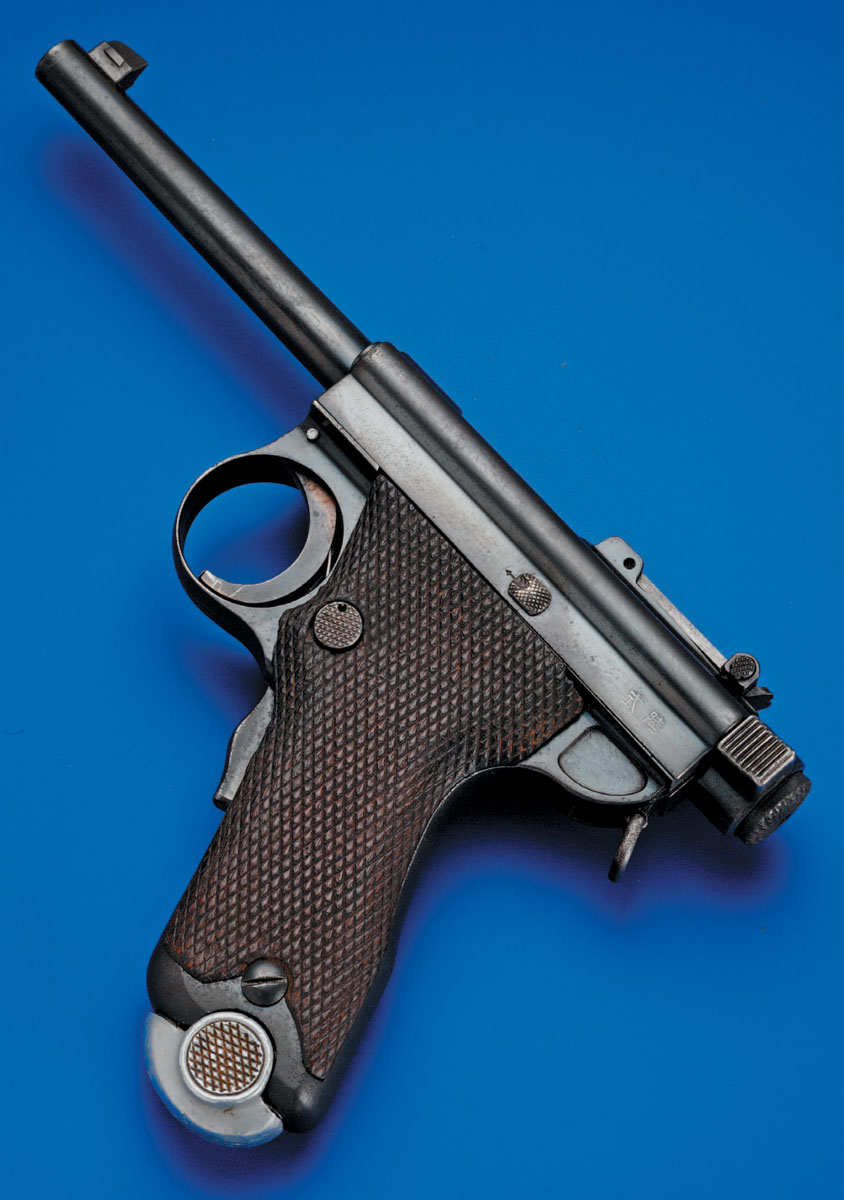
In this report, we delve into the Nambu Automatic Pistol, Japan's first domestically produced semi-automatic handgun.
While the Type 14 pistol, often associated with World War II, is the most well-known automatic pistol developed by Kijiro Nambu, it's important to note that he wasn't the one who finalized its design.
The real star of our report is the Nambu Automatic Pistol itself – the very gun that served as the foundation for the Type 14.
The late 19th century saw a flurry of development in automatic firearms, including rifles, pistols, and machine guns, centered primarily in Central Europe.
Several factors contributed to this surge in innovation.
Foremost among these was the advancement of metallic cartridges and the advent of smokeless powder, which provided higher muzzle velocities with smaller powder charges.
The use of smokeless powder enabled the production of much smaller cartridges for pistols. This, in turn, made it feasible to create small yet sufficiently powerful cartridges for military use, which was the primary impetus behind the race to develop semi-automatic pistols.
With the older black powder cartridges, trying to make shorter rounds for pistols meant you had to reduce the amount of powder, which led to lower muzzle velocities. If you wanted decent stopping power with those slower speeds, you needed to use big, heavy bullets with large calibers.
These large-caliber rounds tended to make the whole pistol bulky and cumbersome, especially when you were trying to design a semi-automatic.
But then smokeless powder came along, and suddenly you could get high muzzle velocities even with small amounts of powder. This meant that even small, light bullets could pack a punch if they were fired fast enough.
The result was that gun makers could finally produce pistol cartridges that were small in caliber, short in overall length, lightweight, and yet still powerful. And that paved the way for the development of compact, easy-to-handle pistols.
The Borchardt pistol, which we featured in our October 2012 issue, was another product of this same period of intense development in semi-automatic pistols.
Japan, having embarked on a course of modernization after the Meiji Restoration and looking to Europe as a model, was not immune to these developments.
Initially, the Japanese military looked to France for guidance, but following France’s defeat in the Franco-Prussian War (1871), their focus shifted to Prussia (later Germany).
And Germany, as it happened, was one of the countries producing the Borchardt semi-automatic pistol.
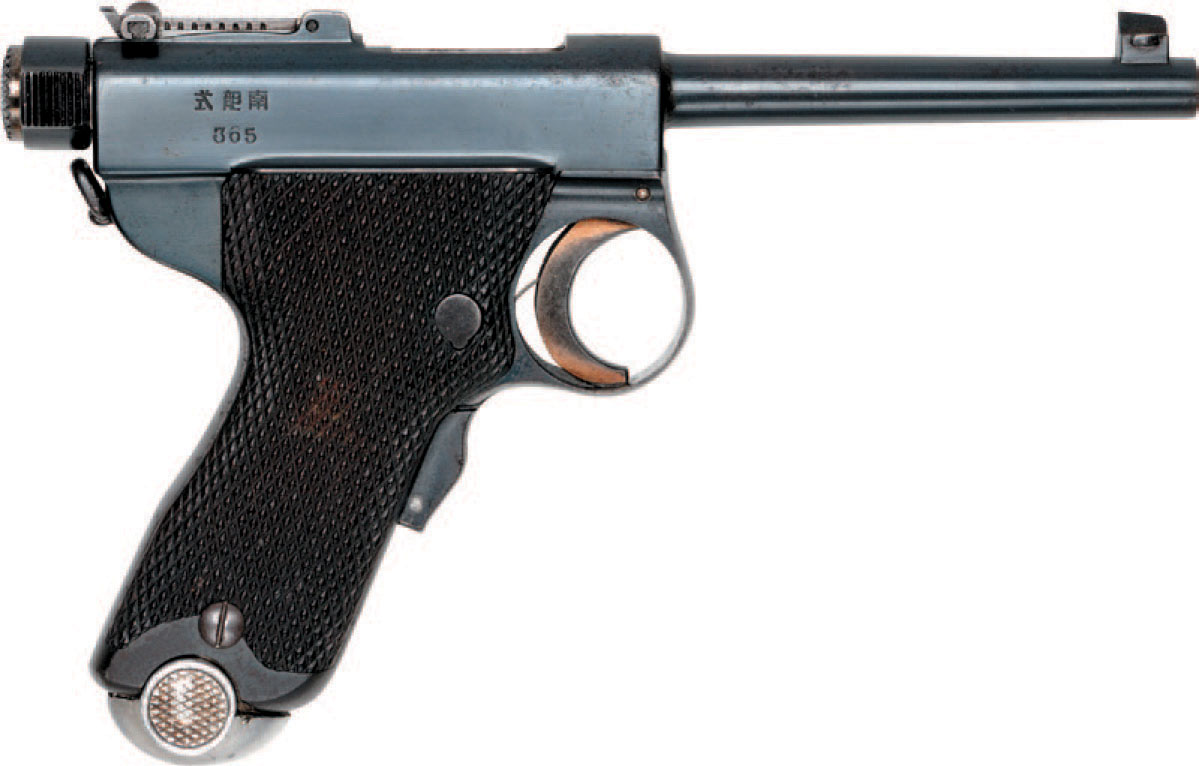
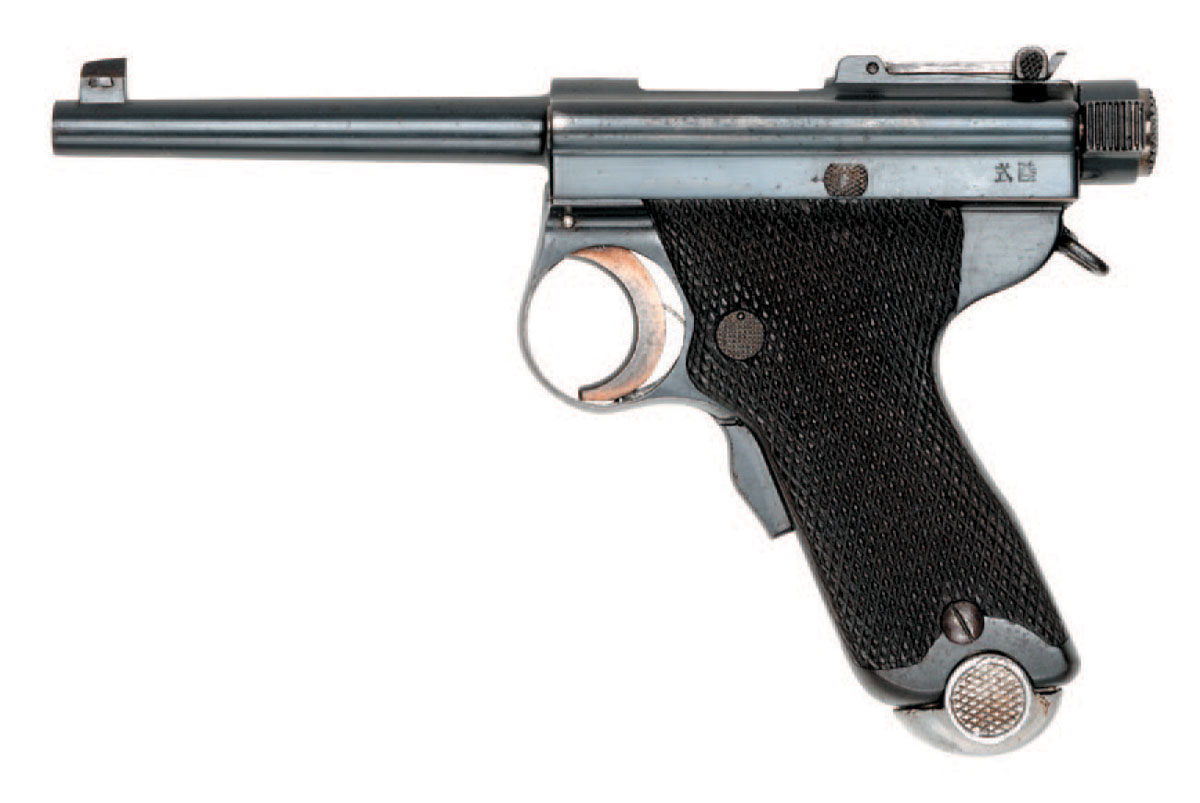


As Kijiro Nambu himself notes in his memoirs, it's clear that he was aware of the semi-automatic pistol development race happening in Europe.
Working at the Tokyo Arsenal, Nambu was well aware that the older revolvers were being replaced by semi-automatic pistols in Europe.
He began his own research into semi-automatic pistols at the Tokyo Arsenal, which at the time was located in the Korakuen area of Bunkyo Ward, Tokyo.
Unfortunately, we know very little about when he started this research or what his development process looked like.
This is because, years later, the Tokyo Arsenal was directly hit by the Great Kanto Earthquake and caught fire. This fire destroyed the arsenal and, along with it, most of the important documents, including the prototypes of these pistols.
Furthermore, after Japan's defeat in World War II in August 1945, the Japanese military destroyed many of its own documents by burning them.
For those of us who study firearms, these losses are truly devastating.
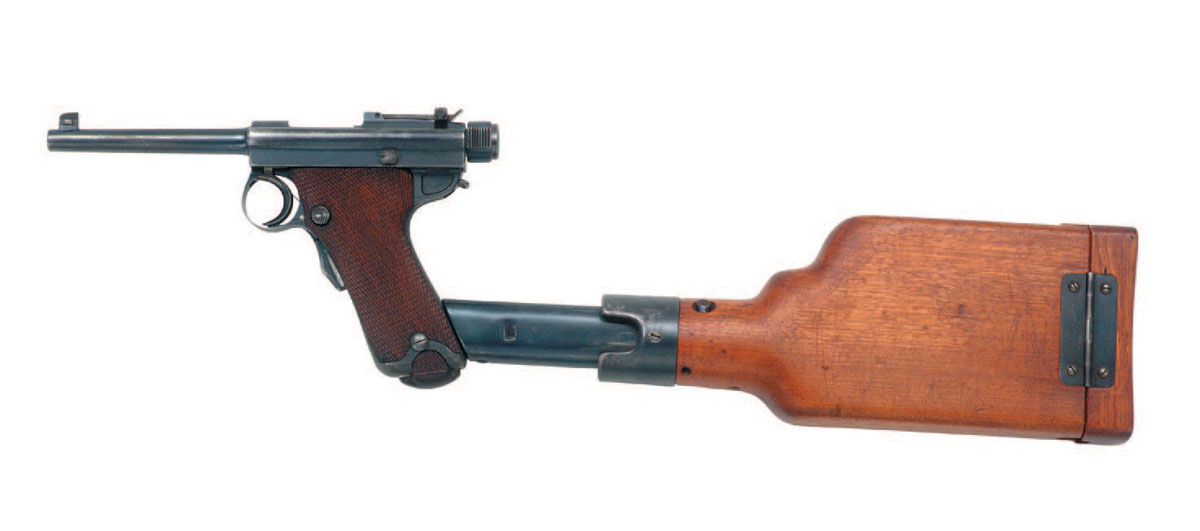
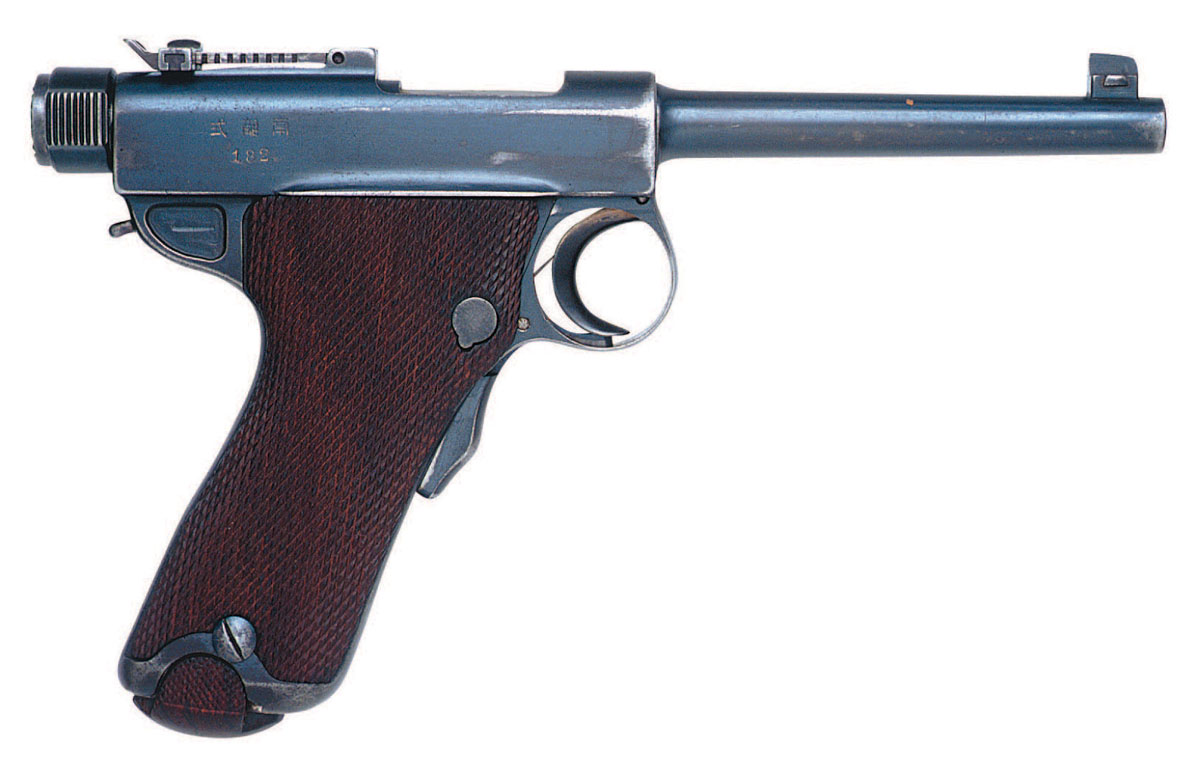
Kijiro Nambu, having recognized the trends in Europe, began research and development of a semi-automatic pistol at the Tokyo Arsenal. It can be determined from the few remaining clues (his own memoirs) that he more or less completed this work between 1902 and 1903, while he was a captain in the army.
The semi-automatic pistol completed by Kijiro Nambu was given the name "Nambu Automatic Pistol" and was tested by the Japanese Army as a candidate to replace the existing Type 26 revolver and the Second Type pistol (a Smith & Wesson Russian revolver), among other models, as the standard issue pistol.
However, within the Japanese Army, pistols were seen as weapons for officers and a limited number of specialized units, and were by no means a top-priority weapon.
The highest priority weapon for the Japanese Army at that time was, without a doubt, the rifle.
To that end, they designed a new small-caliber rifle and cartridge that used smokeless powder, and this was adopted in 1897 as the Type 30 rifle.
The completion and testing of the Nambu Automatic Pistol coincided with a period when the Tokyo Arsenal was focused on mass-producing the Type 30 rifle and, furthermore, when Kijiro Nambu himself was leading the research and development of the second generation of rifles (later known as the Type 38) that used cartridges loaded with smokeless powder.
For the Army Ordnance Department, and indeed for the Japanese Army as a whole, the top priority was the production and deployment of rifles, which were the most important weapons for the infantry.
From the standpoint of the Tokyo Arsenal's production capacity, and more importantly, from the perspective of the military budget, the opinion was that, at a time when they were modernizing many weapons, such as replacing standard rifles with new models, they should not rush to replace standard pistols, which were secondary weapons.
As a result, the Army did not select the Nambu Automatic Pistol as its standard issue pistol.
It is said that one should not speculate about history. However, we can dare to dream: "If, at that time, the Japanese Army had chosen the Nambu Automatic Pistol as its standard pistol..."
At that time, it was common for standard weapons to be named after the year of the Meiji era in which they were adopted, so perhaps the title of this report would not have been "Nambu Automatic Pistol," but rather "Type 35 Pistol" or "Type 36 Pistol."
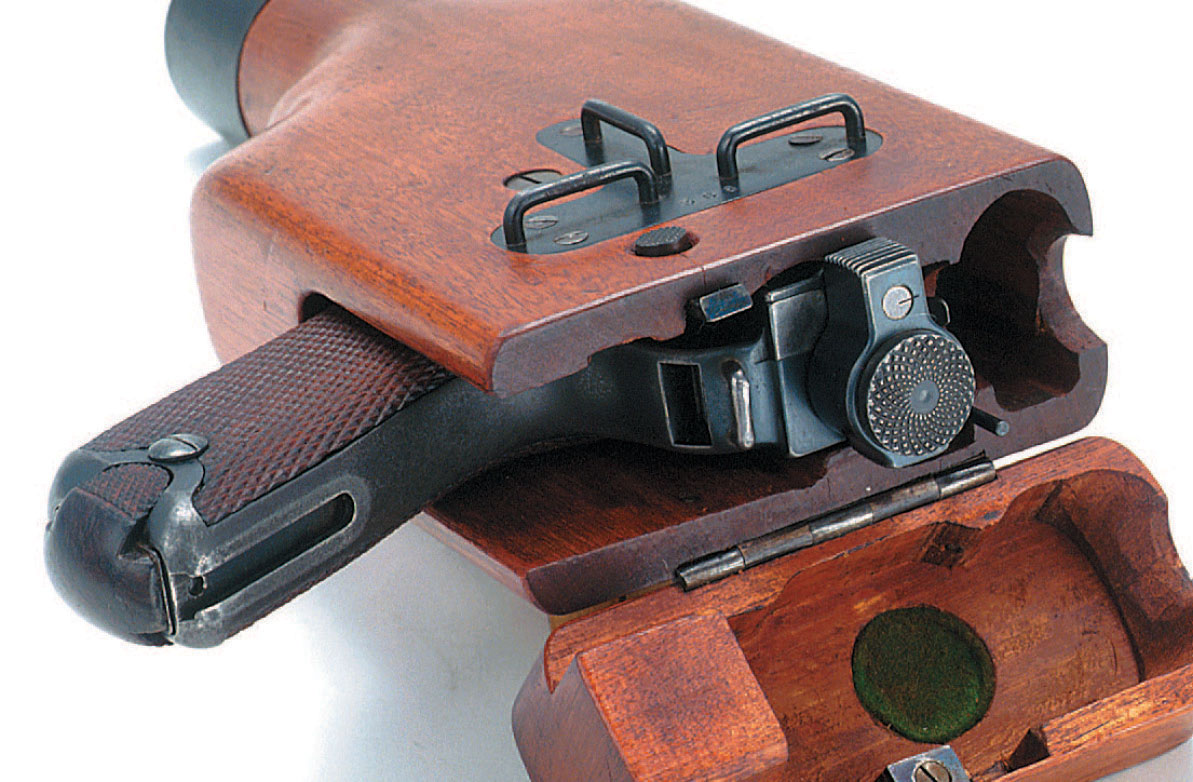
The Nambu Automatic Pistol, while not adopted as the standard issue pistol by the Japanese Army, was nonetheless sold as a sidearm for military officers and other members of the Japanese armed forces, starting production in 1906 (Meiji 39).
The Nambu Automatic Pistol was made available to army officers through the Kaikousha (a military supply association). It was also sold as a self-defense pistol to civilians traveling abroad.
Furthermore, the Nambu Automatic Pistol was produced in significant numbers and exported to Chinese military forces and the military of Siam (now Thailand).
On September 1, 1909, the Japanese Navy officially adopted the Nambu Automatic Pistol, replacing the Type 1 revolver (a Smith & Wesson New Model No. 3 revolver) and the Mauser C96 semi-automatic pistol, which had been used as sidearms for the Navy's landing forces and shipboard weapons.
The Japanese Navy designated the Nambu Automatic Pistol as the "Army Type Automatic Pistol" and continued to use it, along with the later-adopted Type 14 pistol, until the end of World War II.
The Nambu Automatic Pistol began production at the Tokyo Arsenal in 1906 (Meiji 39). When the Japanese Navy decided to adopt it in 1909, the large demand from the Navy put a strain on the production capacity of the Tokyo Arsenal, which was already producing Nambu Automatic Pistols for military forces in China.
As a result, Tokyo Gas & Electric Engineering Co., Ltd., which manufactured military supplies, began licensed production of the Nambu Automatic Pistol.
